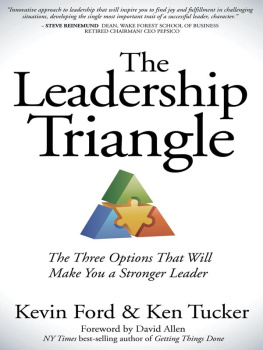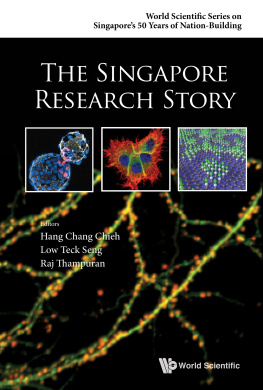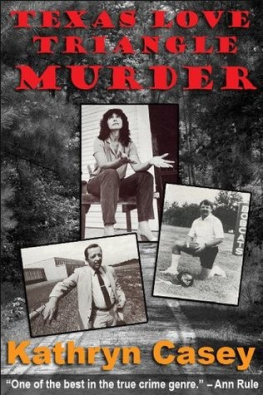William M. Rohe - The Research Triangle: From Tobacco Road to Global Prominence
Here you can read online William M. Rohe - The Research Triangle: From Tobacco Road to Global Prominence full text of the book (entire story) in english for free. Download pdf and epub, get meaning, cover and reviews about this ebook. year: 2012, publisher: University of Pennsylvania Press, genre: Politics. Description of the work, (preface) as well as reviews are available. Best literature library LitArk.com created for fans of good reading and offers a wide selection of genres:
Romance novel
Science fiction
Adventure
Detective
Science
History
Home and family
Prose
Art
Politics
Computer
Non-fiction
Religion
Business
Children
Humor
Choose a favorite category and find really read worthwhile books. Enjoy immersion in the world of imagination, feel the emotions of the characters or learn something new for yourself, make an fascinating discovery.

- Book:The Research Triangle: From Tobacco Road to Global Prominence
- Author:
- Publisher:University of Pennsylvania Press
- Genre:
- Year:2012
- Rating:4 / 5
- Favourites:Add to favourites
- Your mark:
The Research Triangle: From Tobacco Road to Global Prominence: summary, description and annotation
We offer to read an annotation, description, summary or preface (depends on what the author of the book "The Research Triangle: From Tobacco Road to Global Prominence" wrote himself). If you haven't found the necessary information about the book — write in the comments, we will try to find it.
Over the past three decades, the economy of North Carolinas Research Triangledefined by the cities of Raleigh, Durham, and Chapel Hillhas been transformed from one dependent on agriculture and textiles to one driven by knowledge-based jobs in technology, telecommunications, and pharmaceuticals. Now home to roughly 1.7 million people, the Research Triangle has attracted an influx of new residents from across the country and around the world while continuing to win praise for its high quality of life. At the regions center is the 7,000-acre Research Triangle Park, one of the nations largest and most prominent research and development campuses. Founded in 1959 through a partnership of local governments, universities, and business leaders, Research Triangle Park has catalyzed the regions rapid growth and hastened its coalescence into a single metropolitan area.
The Research Triangle: From Tobacco Road to Global Prominence describes the history, current challenges, and future prospects of this fascinating metropolitan area. Focusing on the personalities and perspectives of key actors in the development of the region, William M. Rohe traces the emergence of the Research Triangle Park and its role in the regions economic transformation. He also addresses some of the downsides of development, illustrating the strains that explosive population growth has placed on the regions school systems, natural resources, transportation infrastructure, and social cohesion. As Rohe shows, the Research Triangle is not a city in the traditional sense but a sprawling conurbation whose rapid, low-density growth and attendant problems are indicative of metropolitan life in much of America today. Although the Triangles short-term prospects are bright, Rohe warns that troubling issues loomthe region is expected to add nearly a million residents over the next two decadesand will need to be addressed through improvements in governmental cooperation, regional planning, and civic leadership. Finally, the author outlines key lessons that other metropolitan areas can learn from the Research Triangles dramatic rise to prominence.
William M. Rohe: author's other books
Who wrote The Research Triangle: From Tobacco Road to Global Prominence? Find out the surname, the name of the author of the book and a list of all author's works by series.











